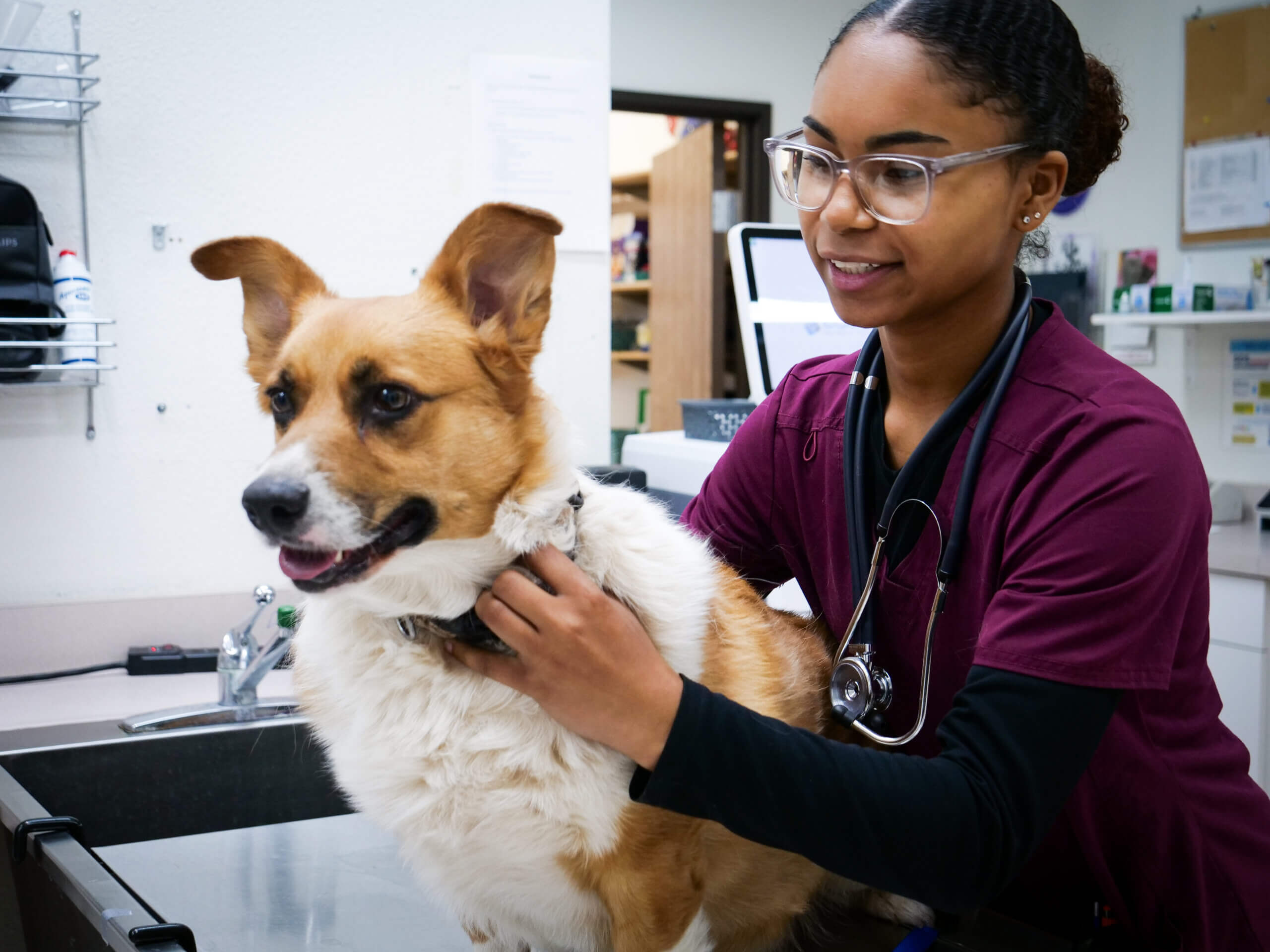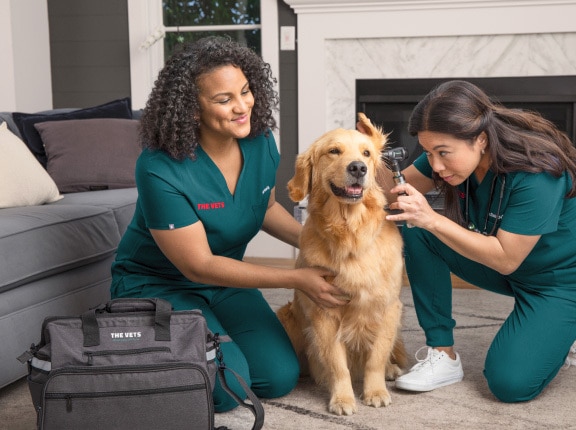Signs Your Dog Might Need canine tplo surgery: Vet-Approved Checklist
Signs Your Dog Might Need canine tplo surgery: Vet-Approved Checklist
Blog Article
All About Vet Surgery: Recognizing the Value of Professional Look After Your Family pets
Vet surgical procedure is an important component of animal health care. It incorporates different treatments, from routine optional surgeries to immediate interventions. Recognizing the intricacies of these surgeries can assist pet owners make educated decisions. The prep work, execution, and recuperation stages are important for making certain the health of pets. With proper expertise, proprietors can browse the intricacies of vet care. What variables should be considered before an animal undertakes surgery?
Kinds of Vet Surgeries
When a pet dog calls for medical intervention, understanding the various kinds of vet surgical procedures can aid family pet proprietors make informed decisions. Veterinary surgeries can be extensively classified into three major types: elective, urgent, and emergency surgeries. Optional surgeries, such as spaying or neutering, are planned procedures that are not right away dangerous. Immediate surgical treatments, like those for international body removal, must be executed quickly yet are not life-threatening in the moment. Emergency situation surgical procedures, such as those dealing with severe trauma or inner bleeding, are important and call for instant attention.Additionally, surgical procedures can differ in intricacy, ranging from minimally intrusive laparoscopic treatments to more considerable open surgeries. Each kind of surgery lugs its very own threats and recuperation processes. Comprehending these categories allows pet dog owners to participate in meaningful conversations with vets, bring about much better outcomes for their cherished pet dogs.
Planning for Your Pet dog's Surgical procedure
Getting ready for a pet dog's surgery includes a comprehensive list to assure all fundamentals are covered. Reliable communication with the veterinarian is important for understanding the procedure and any type of needed pre-operative steps - tplo surgery. In addition, having clear post-operative care directions will aid proprietors give the most effective assistance for their recouping pets
Pre-Surgery List Basics
Guaranteeing a smooth medical experience for a pet needs careful prep work and attention to information. A pre-surgery checklist is important for family pet owners to follow. Validating the set up surgery day and time is crucial. Owners must also confirm that their pet has actually not eaten according to the vet's directions, commonly for 8-12 hours prior to surgical treatment. Collecting required medical records, including vaccination history, is necessary for the vet's review. It is also recommended to prepare a comfortable space in your home for the family pet's recovery after surgical procedure. Ultimately, proprietors should have a strategy for transportation to and from the vet clinic, making sure that the animal is secure and comfortable throughout the journey. Adhering to these steps can greatly improve the surgical experience.
Communicating With Your Veterinarian

Efficient communication with the veterinarian is crucial for an effective medical experience for family pets. Proprietors need to be prepared to review their animal's case history, including any kind of pre-existing problems, medicines, and allergies. This info aids the veterinarian assess dangers and tailor the surgical plan accordingly. In addition, family pet owners ought to ask questions relating to the procedure, anesthetic, and anticipated outcomes to ensure they completely recognize the process. Clearing up any type of uncertainties can alleviate anxiousness for both the pet and the proprietor. It is likewise essential to communicate any behavioral adjustments or worries observed in the family pet leading up to the surgery. Inevitably, clear dialogue cultivates trust and cooperation, making certain that animals get the very best possible care throughout their surgical journey.
Post-Operative Treatment Instructions
After going over the surgery with the vet, pet dog proprietors need to concentrate on post-operative treatment guidelines to assist in a smooth healing for their pet dogs. These instructions typically consist of keeping an eye on the surgical site for indications of infection, such as inflammation or discharge. Pets might require to be kept one's cool and restricted to stop extreme activity that could interfere with recovery. Discomfort administration is crucial, so proprietors should adhere to the veterinarian's support on administering medications. Furthermore, nutritional limitations might be recommended to prevent intestinal trouble. Normal follow-up visits are very important to ensure correct healing and address any type of worries. By sticking to these post-operative care instructions, family pet proprietors can greatly contribute to their pet dog's recovery and overall wellness.
The Surgery Explained
The surgery for pet dogs encompasses important steps that assure their safety and healing. Pre-surgery prep work are vital for lessening threats, while post-operative treatment standards play a crucial duty in advertising recovery. Comprehending these parts helps family pet proprietors navigate the medical experience much more effectively.
Pre-Surgery Preparations
Prior to a pet undertakes surgical procedure, several essential prep work need to happen to ensure a risk-free and effective procedure. A thorough veterinary evaluation is vital to analyze the pet's total health and wellness and recognize any kind of potential dangers. This might include blood examinations, imaging, or various other diagnostics. The vet will additionally talk about anesthesia choices customized to the animal's details requirements. Furthermore, animal proprietors are usually instructed to hold back food and water for a specified time before surgical treatment to minimize the threat of issues throughout anesthesia. It is essential for owners to give a full case history, including any type of medicines or allergies, guaranteeing the surgical group has all essential information. Correct communication and adherence to pre-surgery standards can greatly boost the result of the procedure.
Post-Operative Care Guidelines
Proper post-operative care is essential for ensuring a pet dog's recuperation following surgical treatment. After the procedure, pet dogs should be monitored carefully for any indications of difficulties, such as too much bleeding, swelling, or uncommon habits. It is essential to follow the veterinarian's directions relating to drugs, consisting of pain relievers and anti-biotics. Animals must be maintained in a quiet, comfortable atmosphere to decrease stress and promote recovery. Limiting task is vital; short, leashed walks might be required, yet leaping or running should be prevented. Regular follow-up visits should be arranged to assess the healing process. Furthermore, the surgical website has to be maintained tidy and completely dry, with any indicators of infection reported to a veterinarian without delay. Adhering to these standards boosts healing results.
Anesthetic and Pain Administration
Efficient anesthetic and pain management are vital elements of vet surgery, making certain that pets remain comfortable and secure throughout the treatment. Veterinarians evaluate each animal's specific requirements, taking into consideration variables such as age, weight, wellness condition, and the sort of surgical treatment being performed.Anesthesia protocols usually consist of a mix of pre-anesthetic medicines, induction representatives, and inhalant anesthetics, permitting for accurate control over the animal's degree of consciousness. Monitoring during surgical treatment is crucial; vets constantly observe vital indications to resolve any type of possible problems promptly.Pain monitoring strategies may entail opioids, non-steroidal anti-inflammatory medications (NSAIDs), and anesthetics, customized to the family pet's certain situation. This multifaceted strategy assists reduce discomfort and promotes a smoother surgical experience. By focusing on effective anesthetic and discomfort monitoring, veterinary experts boost the overall well-being of pet dogs going through operations, ensuring they obtain the greatest requirement of treatment.
Post-Operative Treatment and Healing
Following surgical procedure, the focus changes to post-operative treatment and healing, which is vital for guaranteeing a pet dog's safe return to regular activities. Throughout this period, pet dogs need a silent, comfortable environment to help healing. Owners ought to closely check their family pets for any type of indications of pain or uncommon behavior.Veterinary standards typically consist of specific guidelines connected to medication management, injury treatment, and nutritional modifications. It is vital to comply with these suggestions to minimize problems and advertise healing. Pets might need to be restricted from energetic activities, such as running or leaping, throughout their recovery period (tplo surgery for dogs).Regular follow-up consultations with the veterinarian permit tracking of the animal's progress and prompt modifications to the treatment strategy. Supplying psychological support and companionship can additionally enhance a pet dog's healing experience, helping to relieve anxiety and stress and anxiety. On the whole, diligent post-operative treatment plays a substantial duty in attaining an effective recuperation
Identifying Complications After Surgical Procedure
How can family pet proprietors recognize problems after surgery? Recognition of specific signs is crucial for guaranteeing the wellness of pet dogs during recuperation. Usual signs consist of too much swelling, redness, or discharge at the medical website, which may represent infection. Additionally, consistent pain, suggested by whimpering or emergency vet hospital reluctance to relocate, should prompt instant focus. Changes in all about veterinarian cravings or water consumption can likewise indicate complications; a decline in these habits might signify discomfort or distress.Moreover, family pet proprietors need to monitor their family pets for any type of unusual habits, such as lethargy or problem breathing, as these can be signs of major concerns. Vomiting or looseness of the bowels following surgery may need immediate veterinary examination. Acknowledging these complications early can greatly impact an animal's recuperation procedure, stressing the importance of caution and timely interaction with a veterinarian for any worrying signs and symptoms.
The Duty of Veterinary Specialists in Surgical Treatment
Veterinary professionals play an essential duty in making sure the safety and success of surgeries for pets, specifically complying with surgical treatment when keeping track of and treatment are critical. These experts include vets, veterinary technicians, and support team, every one of whom contribute specialized abilities to the surgical process.Before surgical procedure, veterinarians conduct detailed evaluations to analyze the pet dog's health, guaranteeing that any type of underlying conditions are managed. During the procedure, the surgical group offers anesthesia, preserves clean and sterile atmospheres, and keeps track of essential indications, all vital for reducing risks.Post-operative treatment is equally considerable; vet specialists observe for difficulties, manage discomfort, and overview owners on recuperation methods. Their experience enables them to recognize very early indicators of distress or infection, ensuring prompt treatment. Inevitably, the collective initiatives of vet professionals in medical treatment foster a secure environment, promoting the wellness of family pets throughout the medical trip.

Frequently Asked Questions
Just how Do I Choose the Right Vet Specialist for My Family pet?
Selecting the best vet cosmetic surgeon involves researching credentials, reviewing reviews, and evaluating the center's atmosphere. It is vital to assess the surgeon's experience with certain procedures and their interaction style when making a decision.
What Are Usual Misconceptions Regarding Vet Surgeries?
Common false impressions concerning vet surgical treatments consist of beliefs that they are constantly dangerous, unnecessary, or for emergencies. Numerous family pet proprietors undervalue the benefits of preventive treatments and the ability involved in vet surgical treatment.
How Much Will My Family pet's Surgery Expense?
The price of an animal's surgical procedure can differ considerably based upon elements such as the sort of procedure, the veterinarian's experience, and geographic location (canine tplo surgery). Generally, expenses vary from a couple of hundred to a number of thousand bucks

Can My Pet Eat Prior To Surgical Procedure?
Before surgical treatment, it is normally recommended that pet dogs avoid consuming for a specific duration. This fasting helps in reducing the risk of problems throughout anesthesia. Proprietors should consult their veterinarian for precise directions customized to their family pet's needs.
Suppose My Family Pet Has Pre-Existing Health And Wellness Issues?
When an animal has vet doctor pre-existing wellness problems, it's vital for the veterinarian to examine these aspects prior to surgery. This examination guarantees ideal safety measures are taken, decreasing risks and optimizing the family pet's total security during the procedure.
Report this page